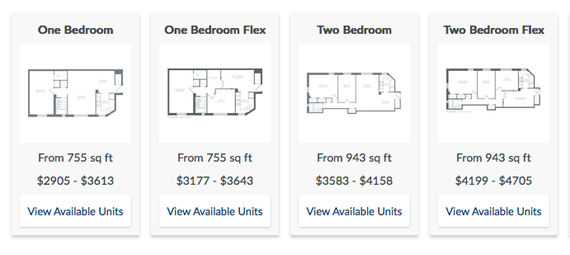Trending
As rents dip, landlords use temporary walls to lure tenants
Property owners are cutting up floor plans to keep vacancy rates down

With rents in Brooklyn and Manhattan remaining relatively flat, landlords are returning to a tried-and-true method to generate more money from their apartment units.
Temporary walls fell out of favor amid legal and safety concerns in recent years, but they’re now back in full force, according to a report by DNAinfo.
These types of walls aren’t necessarily illegal, but need to be proposed by a licensed architect or engineer. They must also be reviewed by the Department of Buildings. According to brokers, landlords have been nervous about using them after the owners of a Bronx building were charged with manslaughter in 2010 when two firefighters died in an apartment with illegally built temporary walls.
But that now seems to be changing. For example, at the Grayson, at 17-story rental in Kips Bay, an apartment is listed for $5,500 a month as a three-bedroom, even though the floor plan shows it as a two-bedroom.
“We’re seeing walls and dividers in a lot of new development,” Mirador Real Estate’s Karla Saladino told DNAinfo. “A lot of the stuff in Murray Hill has to be convertible or people can’t afford to be there.”
Apartments at Stuyvesant Town, owned by the Blackstone Group, are also being marketed as flex units. In 2015, TRD analyzed more than 1,700 DOB alteration permits and found that the complex’s prior owners created a new room in 2,656 apartments, likely boosting revenue. [DNAinfo] — Miriam Hall




